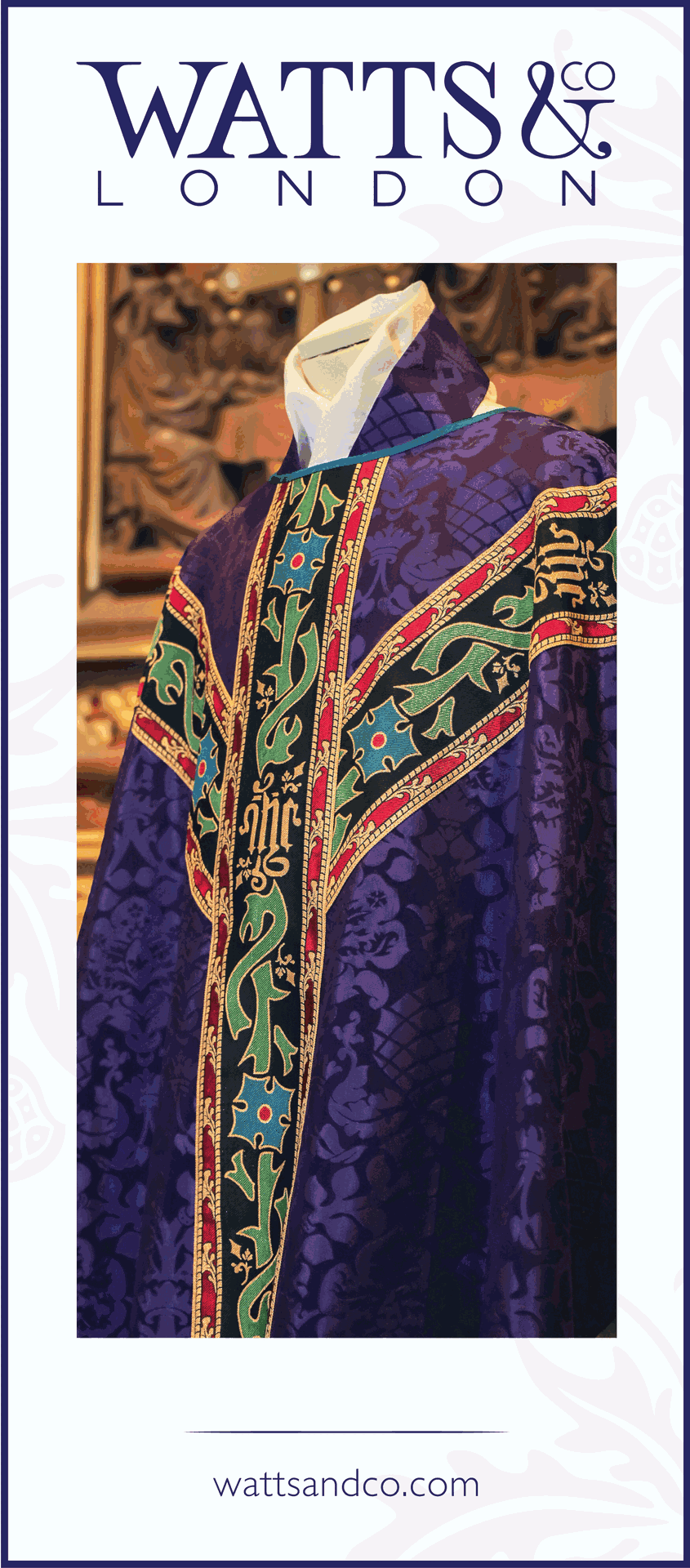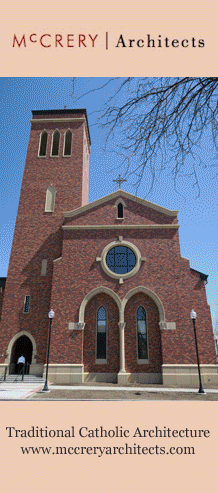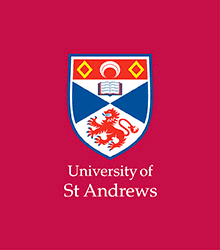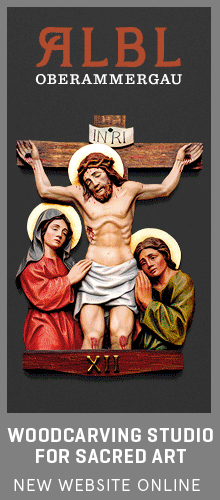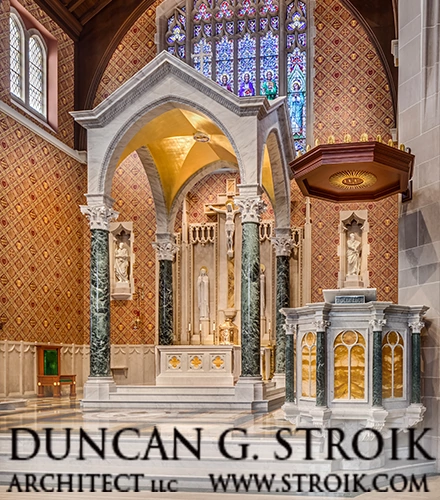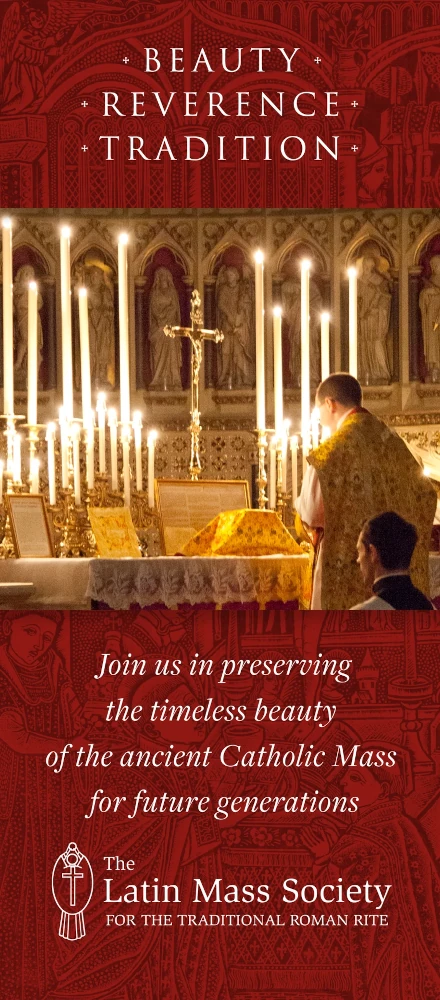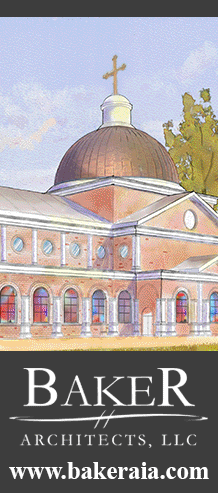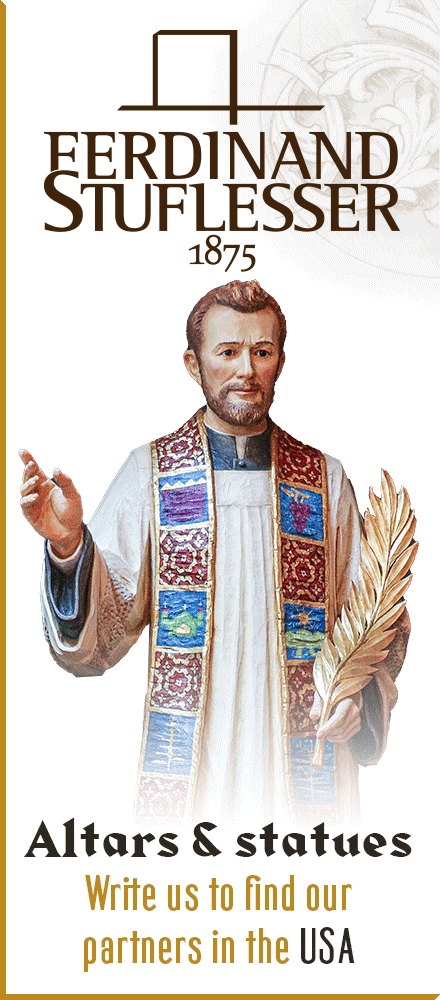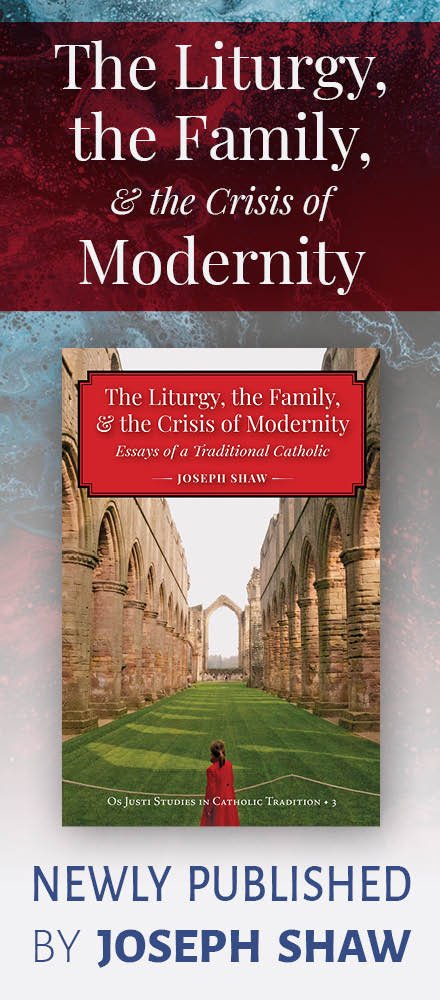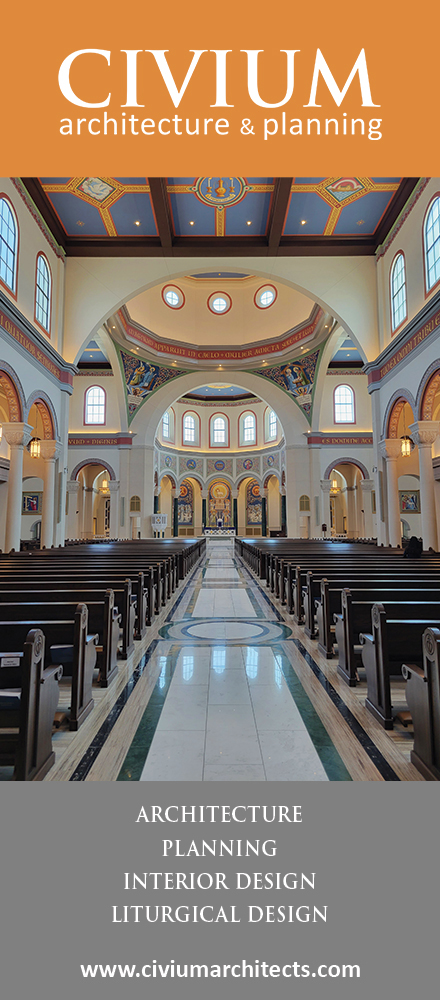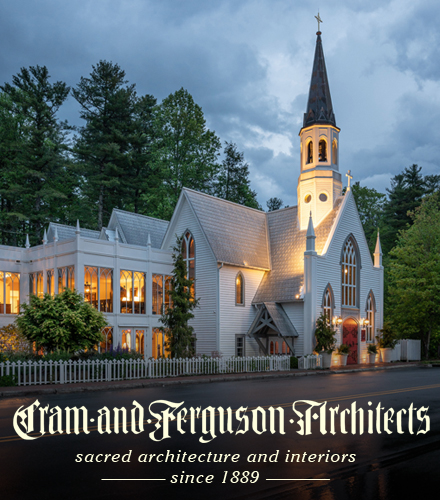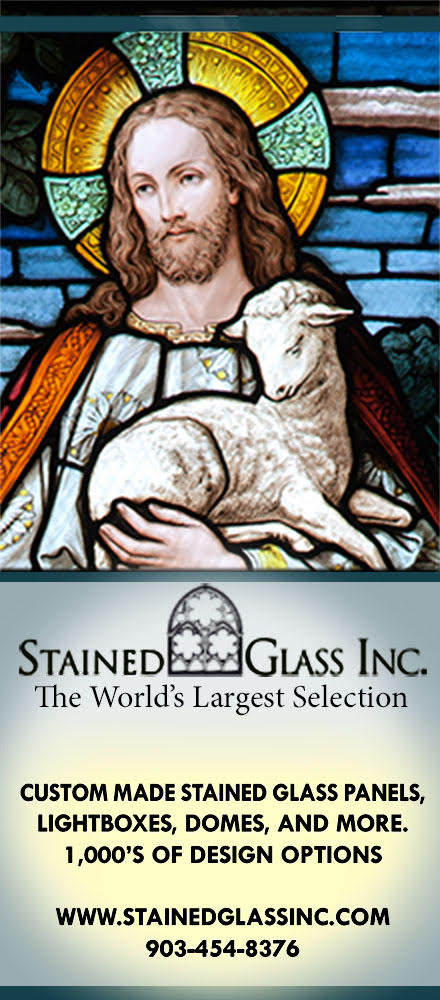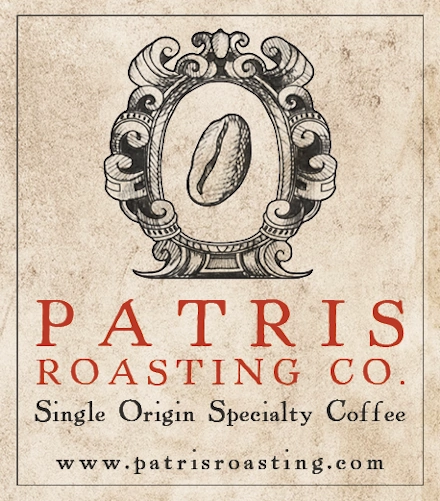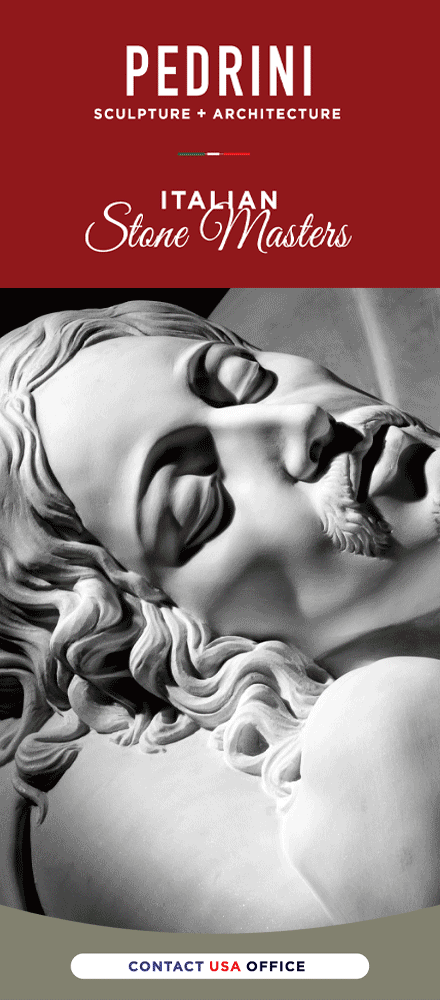 St. Gregory the Great, Pope and Patriarch of the West. Matthew Alderman, ink on paper, 11 x 17 inches, January 2006. Click here for larger image.
St. Gregory the Great, Pope and Patriarch of the West. Matthew Alderman, ink on paper, 11 x 17 inches, January 2006. Click here for larger image.
As with most of my other ink works, this project was partially inspired by the woodcuts of the fifteenth-century master Albrecht Dürer. However, I departed from my usual models in my depiction of St. Gregory, who is here shown not as a medieval bishop or a baroque pontiff, but in an atmosphere redolent of the austere grandeur of that nebulous, uncertain time between late Antiquity and the early Middle Ages. This is not to say there is not some measure of deliberate anachronism here as well which links the image back to Rome's ancient past and forward to the present day.
I set about to depict St. Gregory the Great in a manner that alludes to the papacy of Benedict XVI and his search for unity with the East through references to our shared heritage with the Orthodox, and the role that the Papacy has played in guarding those truths. Gregory's vesture is that of a bishop of his day, with the distinctive pallium formerly restricted to the Pope depicted in the form most commonly associated with Benedict's pontificate. Some deliberate anachronism is evident in the depiction of the fanon covering the Pope's shoulders, a reference to the historical continuity of the pontificates of Gregory I and Benedict XVI with that great intervening stretch of popes that separates them in time, many of whom wore this quintessentially medieval and baroque garment.
Another deliberate anachronism is seen in the figure of the acolyte bearing the Pope's mitre. Mitres are known to have been worn as early as about a hundred years after Gregory's time, and originated, like the pallium, as a distinctive non-liturgical piece of papal regalia known as the camelaucum. Its appearance here makes reference to both Gregory's authority as Bishop of Rome, and also, due to its distinctive Western shape, to his authority as Patriarch of the Latin rite. The simple band around its base is a subtle reference to the coronet worn at the base of the camelaucum which in time grew into the magisterial beauty of the tiara. Rather than supplanting or replacing the tiara, this is its magnificence in seed form.
The triple-barred cross is at once a reference to the traditions of the high Middle Ages that depicted canonized pontiffs with such an insignia, and also to the pastoral staff adopted by John Paul II and Benedict XVI. While the triple-barred cross is predominantly an invention of the world of art rather than serving as an accurate representation of liturgical praxis, here it serves to subtly link past, present and future.
Gregory's posture is a fairly literal quotation of Ingres's 1806 Portrait of Napoléon on the Imperial Throne. There is some deliberate and triumphal irony here, considering that the Church has outlasted Napoleonic glory. It is also intended to return the pseudo-theological airs of Ingres's work to their proper domain, considering how strongly Napoleon has aped both the poses of a Byzantine Christ in Majesty and a pagan Jupiter in Ingres's depiction. Christ's pose on the gospel book he holds in his right hand further compounds the quotation.
This, in turn, introduces another antique reference into the work, hinting at the ancient city--and the already venerable--institution that Gregory occupied. His face suggests the survival of strength and virility in the face of age, and is inspired by the Dürer depiction of the Old Testament strongman Sampson and also those same images of Jove that Ingres would have known from casts and engravings, and which might have peeped out of the mud and moss, forgotten in the Forum, in the days of St. Gregory, and the days of his father, the Roman senator St. Gordian. This in turn suggests the amazing antiquity of the Papacy, its apostolic origin, and the pre-Christian roots of the title Pontifex Maximus, showing that in Christ all things can be made new, be baptized and turned to the good of the new Faith. We see here a true Pontifex--bridge-builder--uniting east and west, new and old, antique and modern, a mirror of prudence and justice for our age and all ages to come.
Wednesday, February 01, 2006
Matthew
More recent articles:
Pope Francis RIPGregory DiPippo
Deus, qui inter summos sacerdótes fámulum tuum Franciscum ineffábili tua dispositióne connumerári voluisti: praesta, quáesumus; ut, qui Unigéniti Filii tui vices in terris gerébat, sanctórum tuórum Pontíficum consortio perpétuo aggregétur. Per eundem Christum, Dóminum nostrum. Amen.Courtesy of Shawn Tribe and Liturgical Arts JournalGod, Who in Thy ...
The Byzantine Paschal HourGregory DiPippo
In the Roman Rite, the minor Hours of Easter and its octave are celebrated according to a very simple and archaic form, which consists solely of the psalmody, the antiphon Haec dies, and the prayer, with the usual introduction and conclusion. (Haec dies is labeled as an “antiphon” in the Breviary, but it is identical to the first part of the gradu...
Easter Sunday 2025Gregory DiPippo
An icon of the Harrowing of Hell made in Constantinople in the late 14th century.Let all partake of the feast of faith. Let all receive the riches of goodness. Let no one lament their poverty, for the universal kingdom has been revealed. Let no one mourn their transgressions, for pardon has dawned from the grave. Let no one fear death, for the Savi...
The Twentieth Anniversary of Pope Benedict XVI’s ElectionGregory DiPippo
On this Holy Saturday, we also mark the 20th anniversary of the election of His Holiness Pope Benedict XVI. Let us remember with gratitude the gift of his papacy, his graciousness and good humor, his many wise and well-considered writings, his paternal love especially for priests and religious, but of course above all, his restoration to the Church...
Holy Saturday 2025Gregory DiPippo
The Harrowing of Hell, by Duccio di Buoninsenga, 1308-11 R. Recessit pastor noster, fons aquae vivae, ad cujus transitum sol obscuratus est; * nam et ille captus est, qui captivum tenebat primum hominem: hodie portas mortis et seras pariter Salvator noster disrupit. V. Destruxit quidem claustra inferni, et subvertit potentias diaboli. Nam et ill...
Good Friday 2025Gregory DiPippo
The table of the Epitaphios at the end of Vespers today at St Anthony the Abbot, the Russian Greek-Catholic church in Rome.For how shall we be able to know, I and thy people, that we have found grace in thy sight, unless thou walk with us, that we may be glorified by all people that dwell upon the earth? And the Lord said to Moses: This word also, ...
Desacralizing LentMichael P. Foley
Christ in the Desert, 1898, by Breton RivièreI have been enjoying Peter Kwasniewski’s new book Close the Workshop, which argues that the old rite did not need to be fixed and that the new rite cannot be fixed. To support his argument, Kwasniewski begins with an analysis of the Second Vatican Council’s Constitution on the Liturgy, Sacrosanctum Conci...
Holy Thursday 2025Gregory DiPippo
Thou, o Lord, didst command us to be partakers of Thy Son, sharers of Thy kingdom, dwellers in Paradise, companions of the Angels; ever provided we keep the sacraments of the heavenly host with pure and undefiled faith. And what may we not hope of Thy mercy, we who received so great a gift, that we might merit to offer Thee such a Victim, namely, t...
The Chrism Mass: Tradition, Reform and Change (Part 2) - Guest Article by Abbé Jean-Pierre HermanGregory DiPippo
This is the second part of an article by Fr Jean-Pierre Herman on the blessing of oils, which is traditionally celebrated at the Mass of the Lord’s Supper, and the recent reforms thereof; the first part was published on Tuesday. The French original was published on Sunday on the website of the Schola Sainte-Cécile as a single article. Fr Herma...
Spy Wednesday 2025Gregory DiPippo
It is worthy and just that we should always give Thee thanks, Lord, holy Father, eternal and almighty God, through Jesus Christ, Thy Son, our Lord, Who willed to suffer for the impious, and be unjustly condemned for the wicked; Who forgave the praying thief his crime, promising him Paradise by His most agreeable will, Whose death wiped away our cri...

